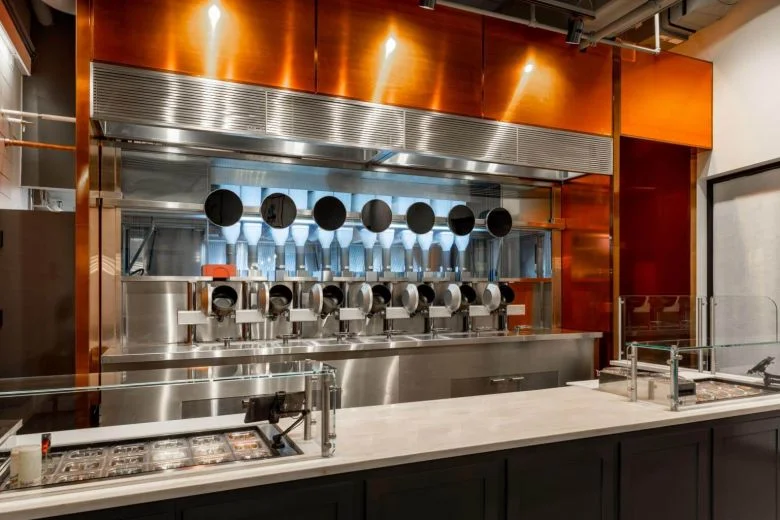THE FUTURE OF AUTOMATION IN RESTAURANTS – THE FOUR WAYS YOU CAN AUTOMATE YOUR OPERATIONS
/Many restaurants use forms of automation in a bid to increase efficiency, save money, and improve customer service. And as new technologies begin to emerge, with opportunities such as self-ordering kiosks, mobile apps, and other advanced tools, the reliance on automation is likely to increase. If saving money, streamlining your restaurant operations and staying at the forefront of technological trends are your goals, then read keep reading:
1. Mobile Apps
The great benefit of mobile apps is that they increase customer engagement and also the likelihood of customers returning. Domino’s Pizza and Taco Bell have invested heavily in their mobile apps – which are a means for customers to place orders and pay with no fuss. Customer’s enjoy the convenience of ordering off their phone. So much so that digital restaurant orders have grown 23% annually since 2013, and are expected to triple in volume by 2020.
2. Self-ordering kiosks
Another way to automate your restaurant operations is by investing in self-ordering kiosks. Your labor costs will be significantly reduced, order speed will be increased, and fewer mistakes will be made. Most prominently, McDonalds started rolling out self-ordering kiosks at its US locations in 2015, and the chain hasn't looked back since. By 2020, most of its 14,000 locations will have kiosks installed. BTIG analyst Peter Saleh writes that “McDonald's shift to kiosks and mobile ordering could help the chain win back nearly $2.7 billion in lost sales”. When it comes to self-ordering, research shows that consumers enjoy the convenience, the efficiency, and the accuracy. Research by Retail Wire found that 26% of people under 34 want to be able to pay for food and drinks using mobile devices or at self-service kiosks.
3. Demand Planning
When it comes to the automation of your restaurant operations, the most important work happens behind the scenes. A lot of restaurant owners make mistakes when it comes to cash-flow control and supply chain management, as well as underestimating the benefits if automation when it comes to the challenges of their restaurant operations. CASHMERE’S cloud-based ERP, inventory, purchasing and traceability software has been designed to save you time, increase your profitability, and control your food costs through our powerful tools of automation. The AI system sends you alerts when your food is near expiration date, in addition to low stock alerts that automatically get sent out when you get under a pre-defined threshold. It is a system that tracks your ingredients from start to finish, reduces human error, and leads to less waste and higher profits.
4. The Rise of the Restaurant Robot
A recent study by the Center for an Urban Future found that the automation potential for waiters and waitresses is 77%. Restaurants like Spyce in Boston are leading the way with robots that cook complex meals on-demand. The restaurant’s founders replaced human chefs with seven automated cooking “robots” that create meals in less than three minutes. Michael Farid, their co-founder explains: “Once you place your order, we have an ingredient delivery system that collects them from the fridge. The ingredients are portioned into the correct sizes and then delivered to a robotic wok, where they are tumbled at 450 degrees Fahrenheit. The ingredients are cooked and seared. And once the process is complete, the woks tilt downward and put food into a bowl. And then they’re ready to be garnished and served.”
IMAGE COURTESY OF SPYCE
Looking further afield, in October 2018 Beijing's first fully automated kitchen with robot chefs and waiters opened to the public. Although it seems obvious to focus on the jobs automation will lose, these innovations will ultimately make the food and beverage industry much more efficient.
To learn more about how automation can advance your operations, GET IN TOCUH with CASHMERE today.










